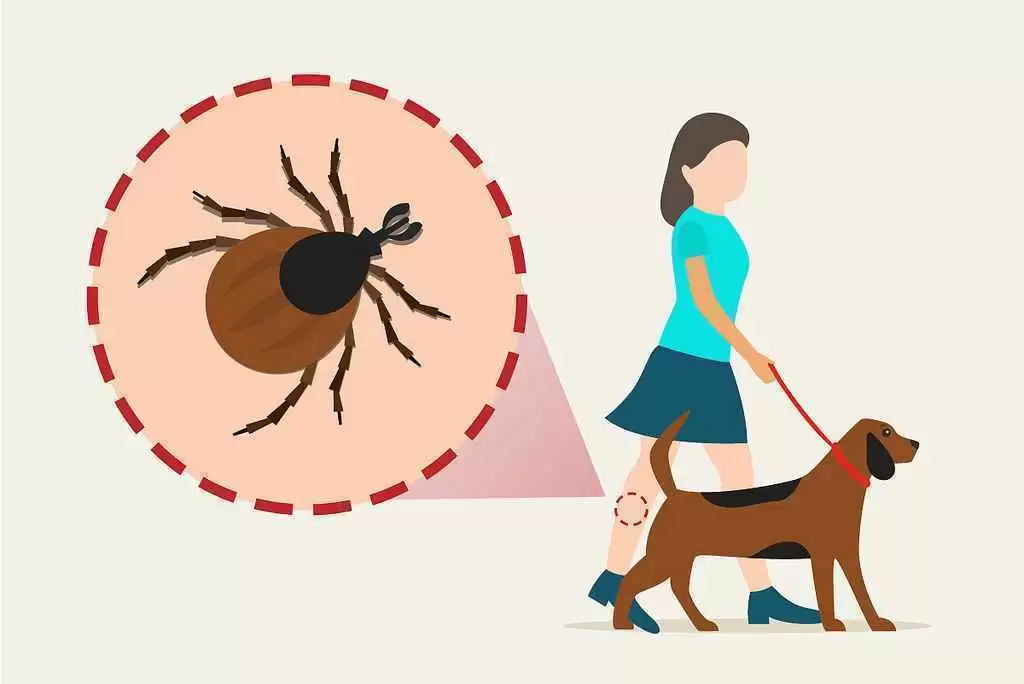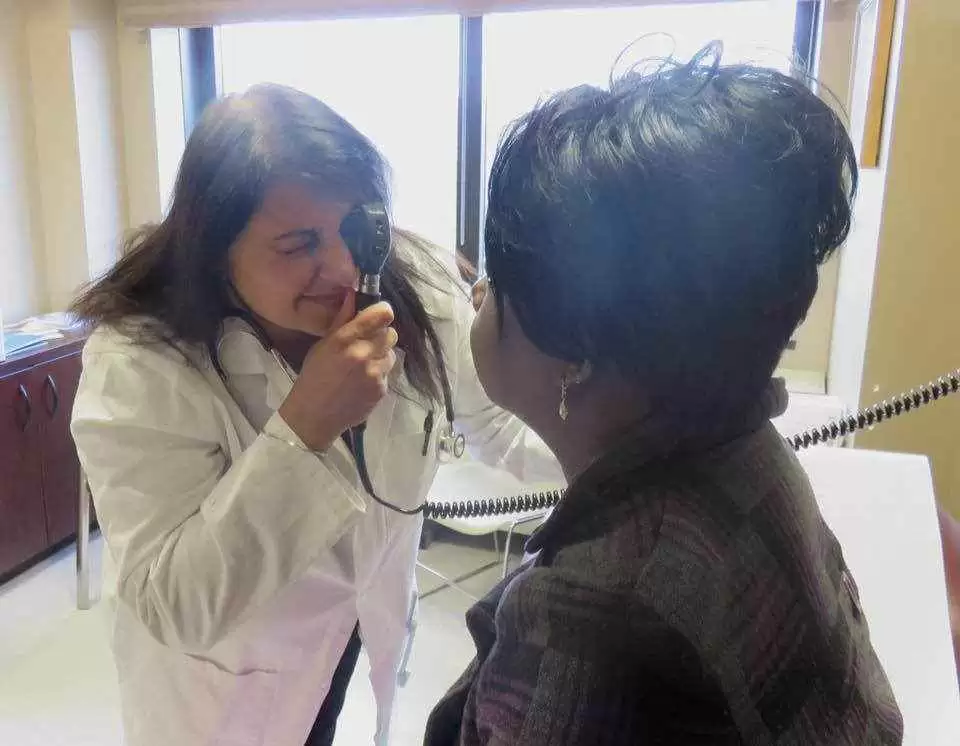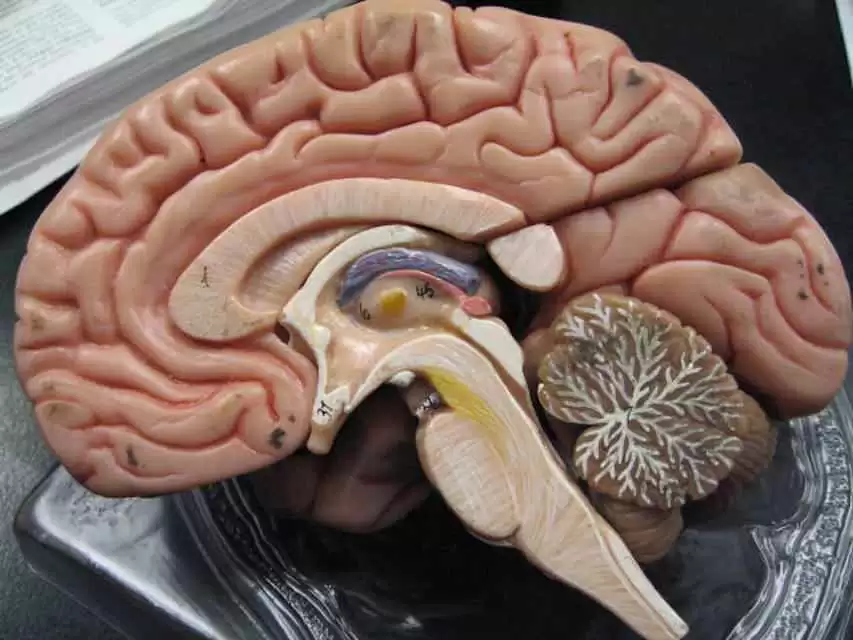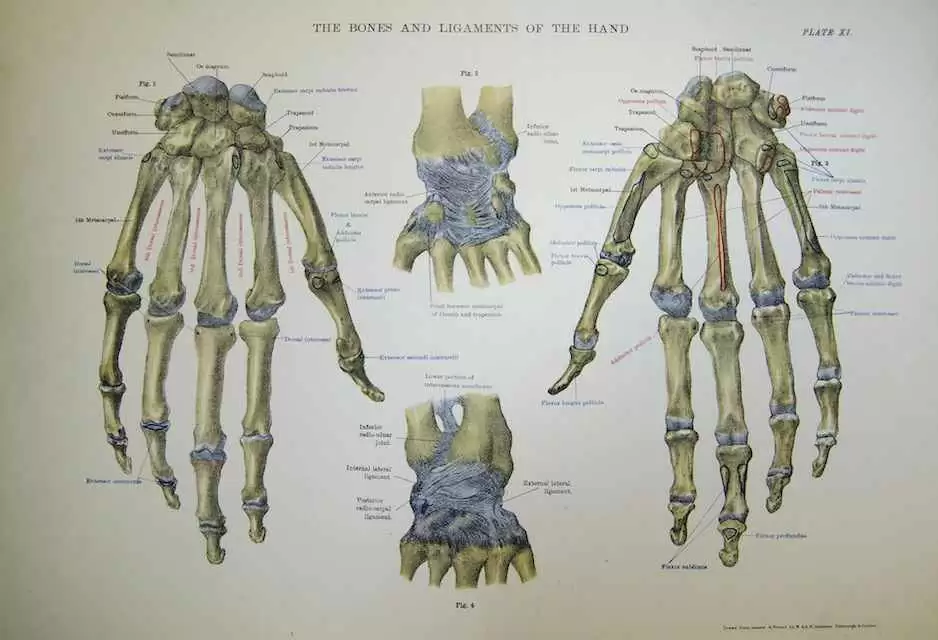
Celiac.com 01/29/2018 - Researchers suspect that certain environmental factors, including infectious agents, might play a role in making celiac disease more prevalent and more widespread.
Researchers in the USA and Sweden studying regional variation in the frequency of celiac disease have found similarities in the geographic distribution of Lyme disease, an emerging multisystemic infection caused by Borrelia burgdorferi spirochete, which invites questions about a possible connection with celiac disease.
Celiac.com Sponsor (A12):
One research team recently set out to determine if infection with Borrelia contributes to an increased risk of celiac disease.
The research team included Armin Alaedini, Benjamin Lebwohl, Gary P. Wormser, Peter H. Green, and Jonas F. Ludvigsson. They are variously affiliated with the Department of Medicine, Columbia University Medical Center, New York, NY USA; the Celiac Disease Center, Columbia University Medical Center, New York, NY USA; the Institute of Human Nutrition, Columbia University Medical Center, New York, NY USA; the Department of Medical Epidemiology and Biostatistics, Karolinska Institutet, Stockholm, Sweden; the Division of Infectious Diseases, Department of Medicine, New York Medical College, Valhalla, NY USA; the Department of Pediatrics, Örebro University Hospital, Örebro, Sweden; and with the Division of Epidemiology and Public Health, School of Medicine, University of Nottingham, Nottingham, UK.
Using biopsy reports, the team identified 15,769 individuals with celiac disease. By linking to the nationwide Patient Register, they were able to compare the rate of earlier occurrence of Lyme disease in the patients with celiac disease to that in 78,331 matched controls.
To further assess the temporal relationship between Borrelia infection and celiac disease, they also examined the risk of subsequent Lyme disease in patients with a diagnosis of celiac disease.
The team found that twenty-five patients with celiac disease had a prior diagnosis of Lyme disease (0.16%), whereas 79 had a subsequent diagnosis of Lyme disease (0.5%).
This showed a modest association between Lyme disease and celiac disease was seen both before and after celiac diagnosis, with celiac risk being highest in the first year of follow-up.
So, only a small portion of the celiac disease patients had a prior diagnosis for Lyme disease. The research team asserts that the supposed association between Lyme disease and celiac disease, both before and after the diagnosis of celiac disease, is likely driven by surveillance bias, at least in part.
These data show that patients with Borrelia infection do not face a substantially higher risk for developing celiac disease.
Source:







Recommended Comments
There are no comments to display.
Create an account or sign in to comment
You need to be a member in order to leave a comment
Create an account
Sign up for a new account in our community. It's easy!
Register a new accountSign in
Already have an account? Sign in here.
Sign In Now